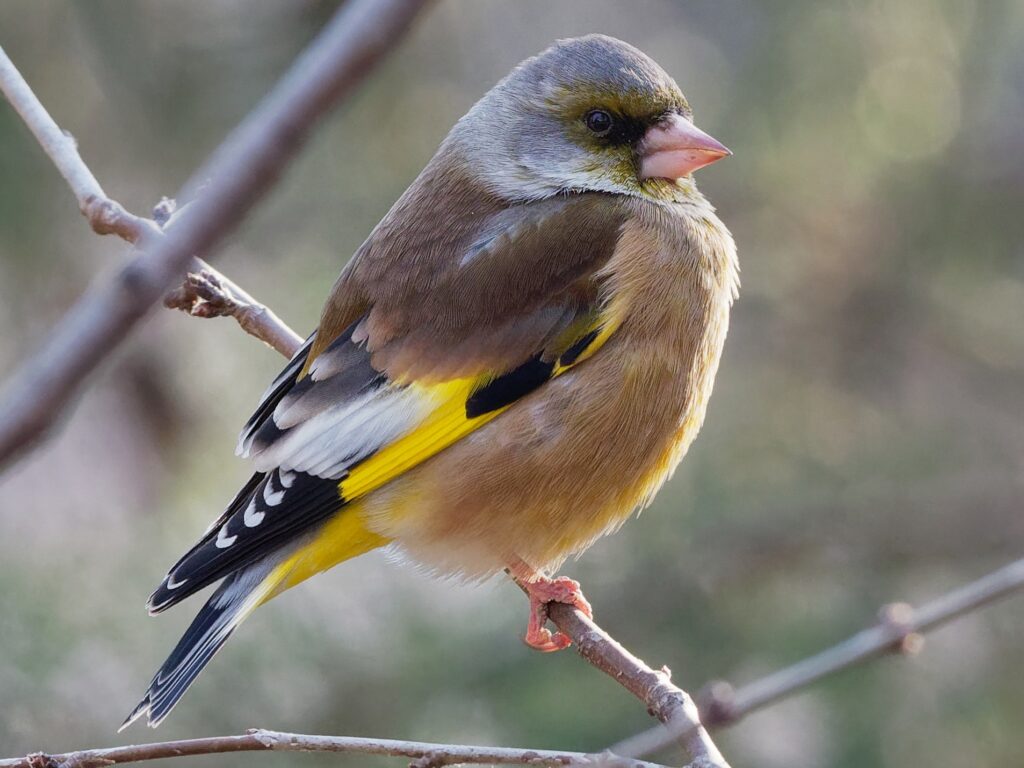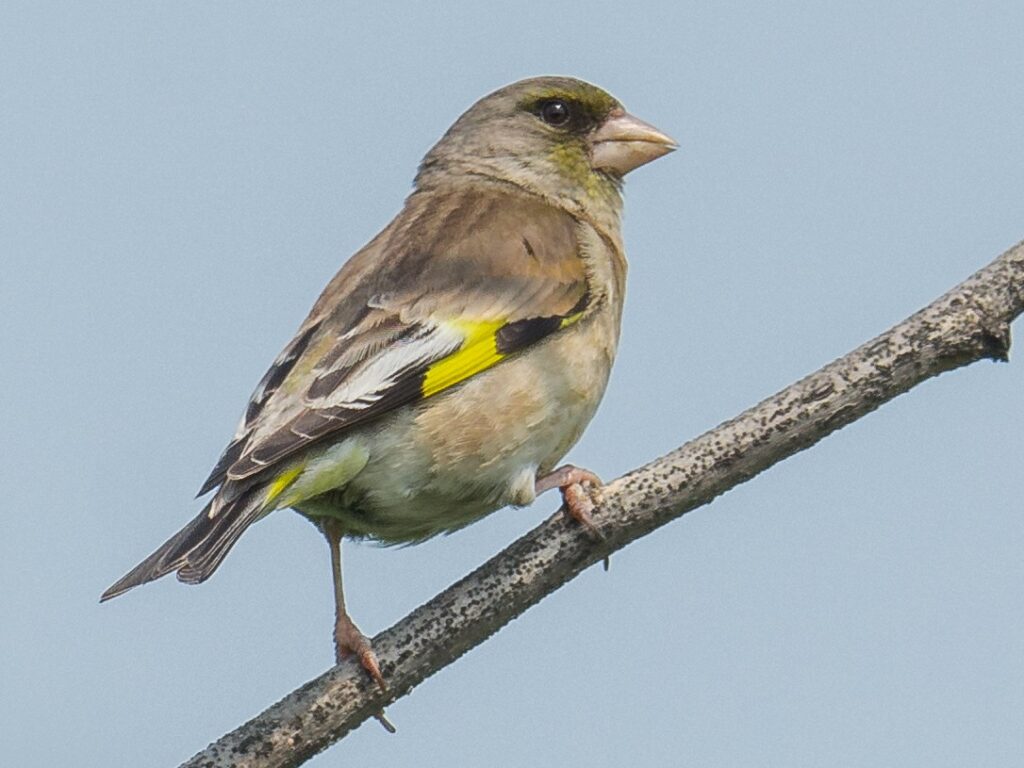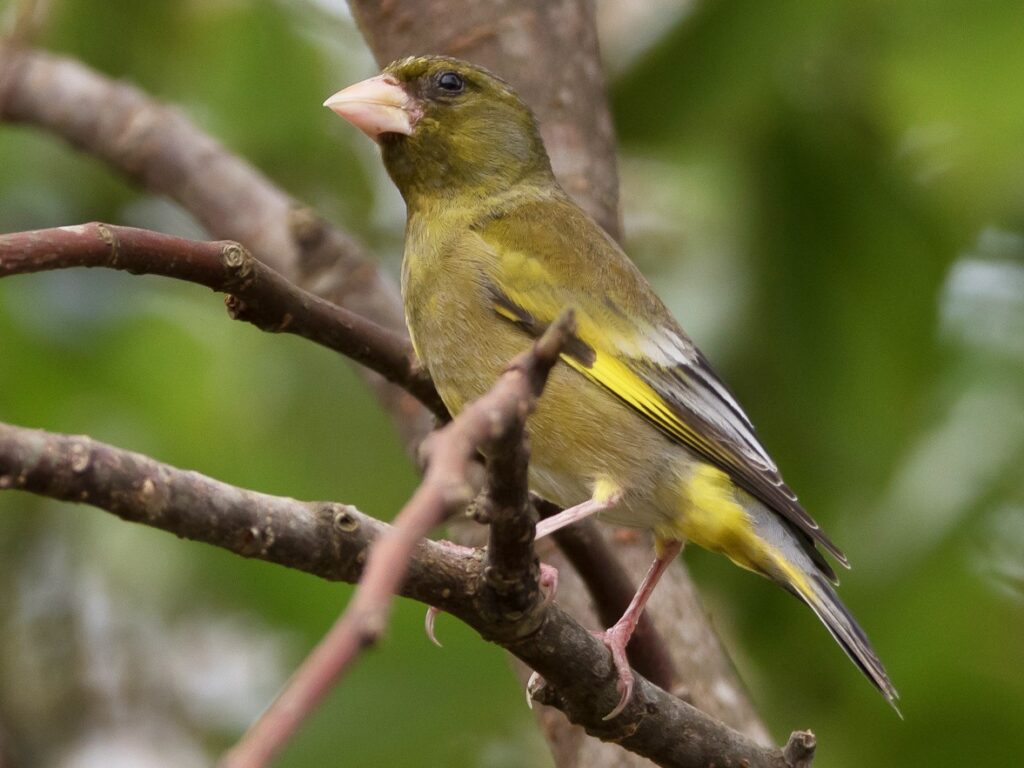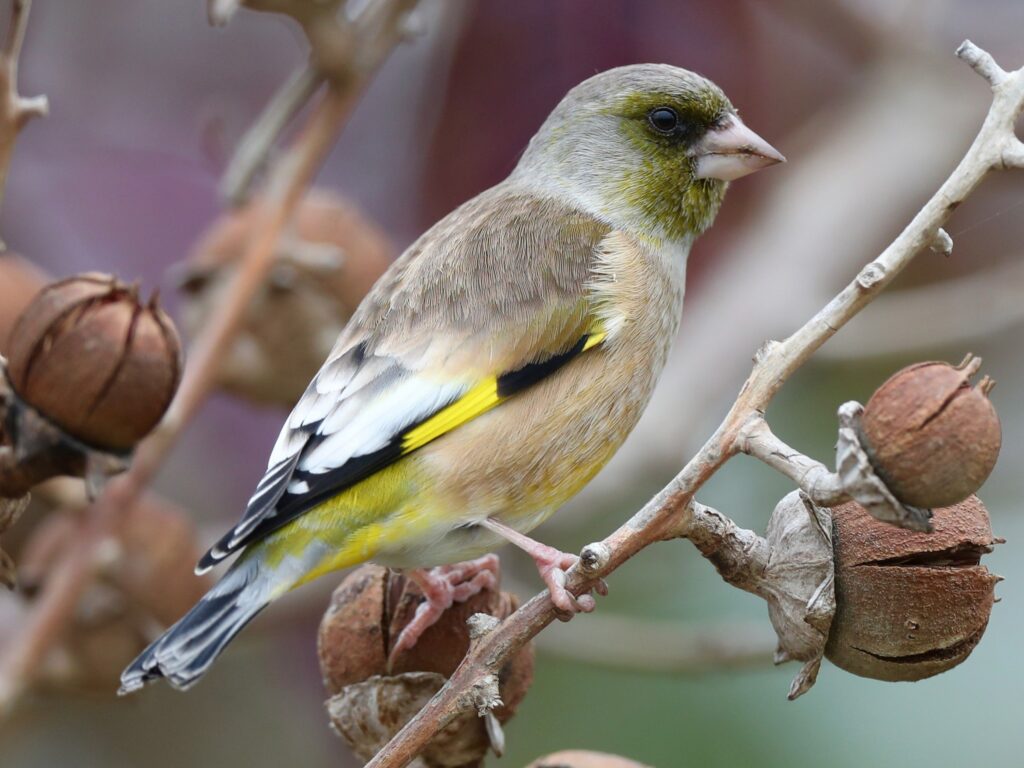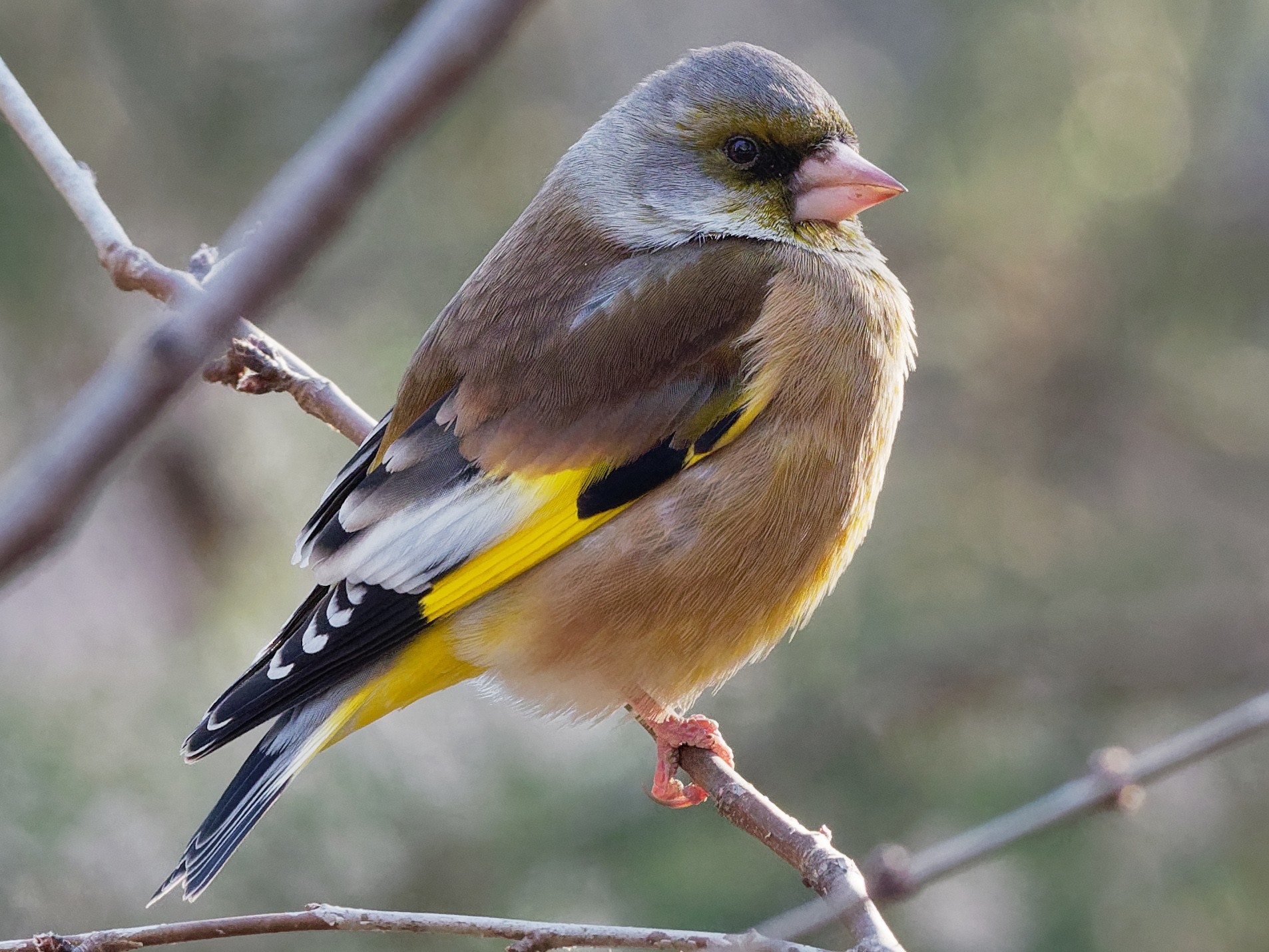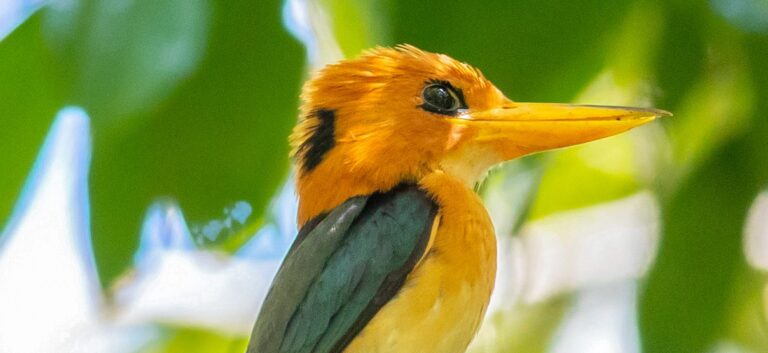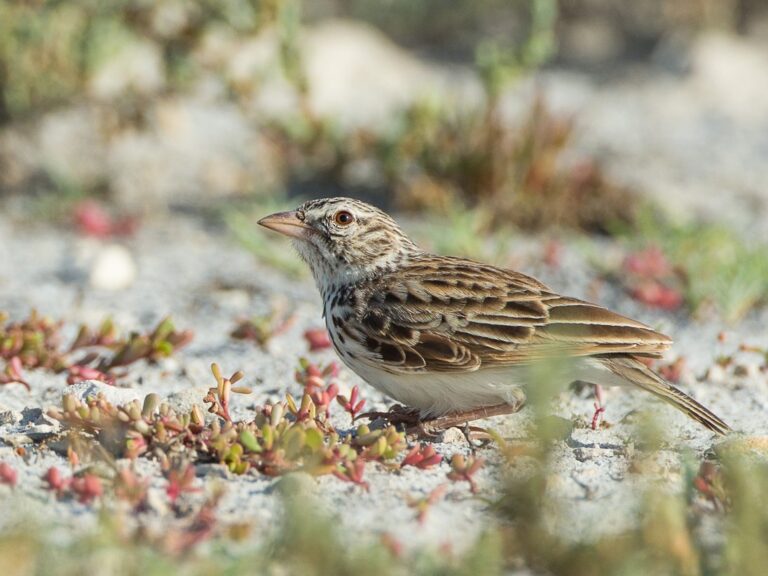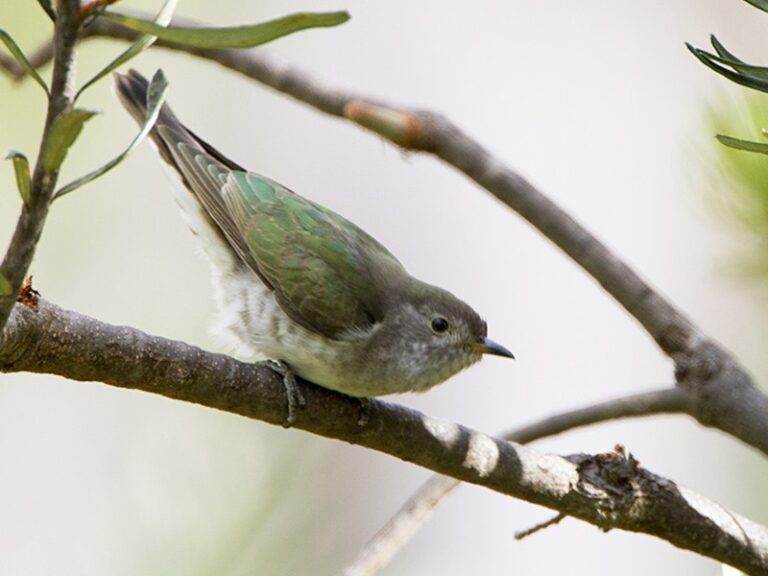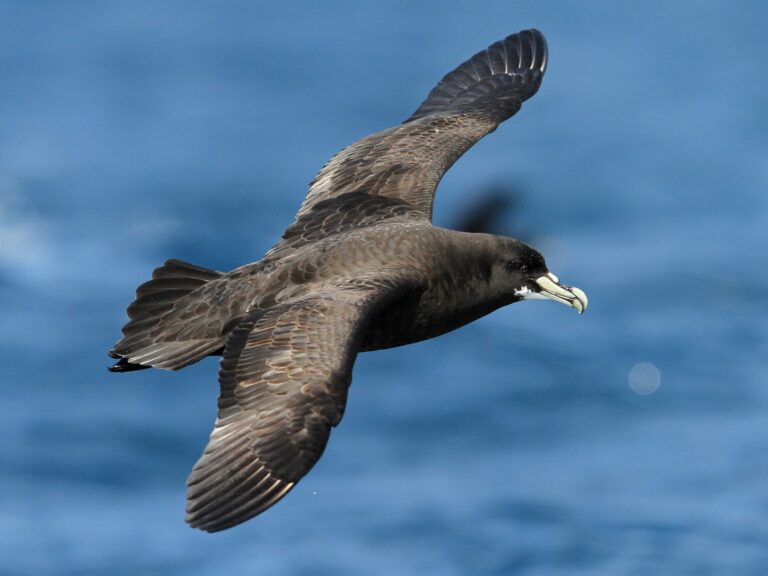Oriental Greenfinch: A Closer Look at Its Vibrant Habitat and Behavior
The Oriental Greenfinch (also known as the gray capped greenfinch) is a fascinating bird species known for its striking plumage and adaptable nature. This bird thrives in various environments across Asia and is recognized for its complex social behaviors and diverse diet. Bird watchers and nature enthusiasts are often captivated by its vibrant colors and melodic calls, making it a popular subject of study.
These finches are not just beautiful to look at and hear; they play an important role in their ecosystems. They are often found in forests, gardens, and urban areas, showcasing their ability to adapt to human-influenced habitats. Understanding their behavior and diet provides insight into their ecological significance and the challenges they may face in the wild.
Conservation efforts are crucial for maintaining healthy populations of the Oriental Greenfinch as they navigate threats from habitat loss and climate change. With ongoing studies and monitoring, there is hope for the future of this captivating bird.
Key Takeaways
- The Oriental Greenfinch is known for its colorful appearance and adaptability.
- It plays a vital role in its ecosystem through various feeding habits.
- Conservation efforts are essential to protect this species from environmental threats.
Taxonomy and Classification
The taxonomy and classification of the Oriental Greenfinch involve its placement within the family Fringillidae and the genus Chloris. Understanding these classifications helps in recognizing the bird’s relationship with other species and its ecological role.
Family Fringillidae
The Oriental Greenfinch belongs to the family Fringillidae. This family includes many species known as finches. Members of Fringillidae are primarily seed-eating birds, characterized by their strong, conical bills.
Finches in this family exhibit a variety of color patterns and sizes. The family is known for its widespread distribution across the world, especially in the Northern Hemisphere. Taxonomically, Fringillidae is divided into several genera, with some species showing significant adaptations to different environments.
Genus Chloris
Within the family Fringillidae, the Oriental Greenfinch is classified under the genus Chloris. This genus comprises several species, including Chloris sinica, which is the scientific name for the Oriental Greenfinch.
Chloris species are notable for their vibrant plumage and distinctive singing patterns. They are often found in varied habitats, including gardens and forests, where they forage for seeds and fruits. The classification of Chloris helps scientists understand evolutionary relationships among finches, contributing to studies on biodiversity and ecology.
Through specific genetic studies, the classification of these birds continues to evolve, illustrating their adaptations and speciation processes, particularly on oceanic islands.
Physical Description
The Oriental Greenfinch is a small songbird known for its distinctive features. Its color, size, and morphology contribute to its unique identity in the bird world.
Color and Plumage
The plumage of the Oriental Greenfinch is striking. The males typically show vibrant yellow and green feathers, with darker hues on the wings and back. Their underparts are lighter, often shades of yellow or pale green. Females and immature birds display more muted tones, generally lacking the bright yellow of the males.
The head is often olive-green with a slight yellow tinge around the face. The wings feature bold yellow markings that stand out in flight. This color pattern not only helps in identification but also plays a role in attracting mates.
Size and Morphology
The Oriental Greenfinch measures about 13-14 centimeters in length. Weights usually fall between 17 to 25 grams. Its compact body, short tail, and strong, conical bill make it well-suited for seed eating.
The bird has relatively short wings, which contribute to its agile movements. The legs are sturdy and designed for perching. This morphology allows it to navigate through its preferred habitats, such as gardens and woodlands, efficiently. The combination of size and robust build is characteristic of the finch family.
Habitat and Distribution
The Oriental Greenfinch has a specific range and preferred habitats that are essential for its survival. Understanding these elements provides insight into its ecology and behavior.
Geographic Range
The Oriental Greenfinch is primarily found in East Asia, with a significant population in Japan. Its geographic range extends beyond Japan to parts of China, Korea, and Taiwan. The bird is prevalent in mountainous regions and forests, especially during the breeding season.
In winter, some populations migrate to warmer areas, while residents remain in their breeding territories. They inhabit various islands, including the Ogasawara Islands, where they adapt to local conditions. The distribution can vary among subspecies, with certain populations facing habitat loss and fragmentation.
Preferred Habitats
Oriental Greenfinches prefer open woodlands, parks, and gardens. They are often seen in areas with abundant shrubs and trees, providing cover and food sources. The bird feeds mainly on seeds and nuts, which are readily available in these habitats.
In urban areas, they adapt well, often visiting gardens for seeds. This adaptability aids their survival despite habitat changes. On the Ogasawara Islands, they show specific ecological adaptations to local conditions, including unique breeding habitats and food resources. Conservation efforts are crucial to maintain their habitats and support population stability.
Behavior and Diet
The Oriental Greenfinch exhibits unique feeding habits and social behaviors that contribute to its survival. Understanding these aspects provides insight into how it interacts with its environment and other birds.
Feeding Habits
The Oriental Greenfinch primarily feeds on seeds, particularly those from weeds and grasses. This bird has a strong, conical bill suited for cracking seeds. They often forage alone or in small groups, using their excellent vision to spot food from a distance.
In winter, these birds may adapt their diet based on food availability. They sometimes consume fruits and insects to meet nutritional needs. During the breeding season, food gathering can increase as they feed their young. This varies among populations based on habitat, with some birds being more reliant on specific food sources than others.
Social Behavior
Social interactions among Oriental Greenfinches can be complex. These birds often gather in groups, especially during the breeding season, where they perform communal displays. Such displays help maintain pair bonds and establish territories.
During the winter months, they may form larger flocks. This behavior offers protection against predators and increases foraging efficiency. The Oriental Greenfinch communicates through various calls, signaling alarms or identifying other members of the flock. These social structures help them thrive in their habitat, whether on land or islands.
Conservation Status
The conservation status of the Oriental Greenfinch varies across different regions. In some places, it is considered a species of least concern, while in others, it faces threats that may impact its population.
Key threats include habitat loss due to urbanization and agricultural expansion. These changes can lead to a decrease in suitable nesting sites and food availability.
In addition, climate change poses risks to food sources and breeding conditions. This can affect young birds’ survival rates and overall population stability.
Efforts to conserve the Oriental Greenfinch focus on protecting its natural habitats. Initiatives may include:
- Establishing protected areas
- Promoting sustainable land use practices
- Raising awareness about the species’ ecological importance
Monitoring programs are essential to track population trends. Research shows that understanding their breeding patterns helps conservationists create effective strategies for protection.
Collaborative efforts between local communities, governments, and conservation organizations can enhance these initiatives. By working together, they can create better environments for the Oriental Greenfinch.
Overall, continued research and conservation actions are crucial to ensuring the long-term survival of this species.
Comparison With Related Species
The Oriental Greenfinch shares its habitat with several related species, each exhibiting unique characteristics and adaptations. Understanding these differences helps in appreciating the diversity within this group of birds.
European Greenfinch
The European Greenfinch (Chloris chloris) is a close relative found primarily in Europe and parts of Asia. It is larger than the Oriental Greenfinch, with a wingspan reaching up to 23 cm.
In terms of color, the European Greenfinch displays a vibrant yellow-green plumage, which is quite distinct. Its diet mainly consists of seeds, fruits, and insects, similar to that of the Oriental Greenfinch.
The vocalizations of the European Greenfinch are rhythmic and melodious, which helps attract mates during the breeding season. Additionally, this species is known for its adaptability to urban environments, often seen in gardens and parks.
Grey-Capped Greenfinch
The Grey-Capped Greenfinch (Chloris tephrocephala) is another related species, primarily found in the mountainous regions of Central Asia. It is smaller than both the Oriental and European Greenfinches, with a more subdued coloration characterized by a gray cap and olive-green body.
This species prefers forested habitats and is less commonly observed in urban settings. Its diet also consists primarily of seeds, but it has been known to take advantage of available fruits during the appropriate seasons.
The calls of the Grey-Capped Greenfinch are less melodic and more functional, often used to communicate within small flocks. This behavior highlights its preference for social living in specific habitats.
Frequently Asked Questions
This section addresses common inquiries related to the Oriental Greenfinch. It covers aspects such as physical traits, vocalizations, and tips for attracting these birds to gardens.
What are the distinguishing features of female Oriental Greenfinches compared to males?
Female Oriental Greenfinches tend to have more subdued colors than males. They usually display a brownish or olive hue, while males are brighter, featuring vivid green and yellow markings. This sexual dimorphism helps in identifying the gender of the birds in the wild.
How can one differentiate between the calls of Oriental Greenfinches and those of similar species?
The calls of Oriental Greenfinches are unique and often sound cheerful. They have a series of clear, high-pitched notes that differ from those of similar species, such as the Eurasian Siskin, which has a more varied and complex vocalization. Listening carefully to these calls can aid in proper identification.
What are the best practices for attracting greenfinches to one’s garden?
To attract Oriental Greenfinches, provide a bird feeder filled with seeds, such as sunflower or thistle seeds. Additionally, planting native shrubs and trees can offer natural food sources and shelter. Keeping fresh water available is also beneficial for these birds.
Can you distinguish between a Goldfinch and a Greenfinch based on their appearances?
Yes, distinguishing between a Goldfinch and a Greenfinch is quite possible. Goldfinches are smaller and have bright yellow plumage, while Greenfinches are larger and have olive-green feathers with yellow accents. The Goldfinch’s distinctive wing markings also help in telling them apart.
How do the vocalizations of the Black-headed Greenfinch and the Oriental Greenfinch differ?
The Black-headed Greenfinch has a more nasal and harsher call compared to the Oriental Greenfinch. Oriental Greenfinches produce a clearer and more melodic song, making it easier for birdwatchers to identify them in mixed flocks.
Are Oriental Greenfinches considered to be songbirds, and what defines a bird as a songbird?
Yes, Oriental Greenfinches are classified as songbirds. Songbirds are defined by their ability to produce complex vocalizations, often for communication and mating. The distinctive songs of these birds contribute to their classification within this category.

